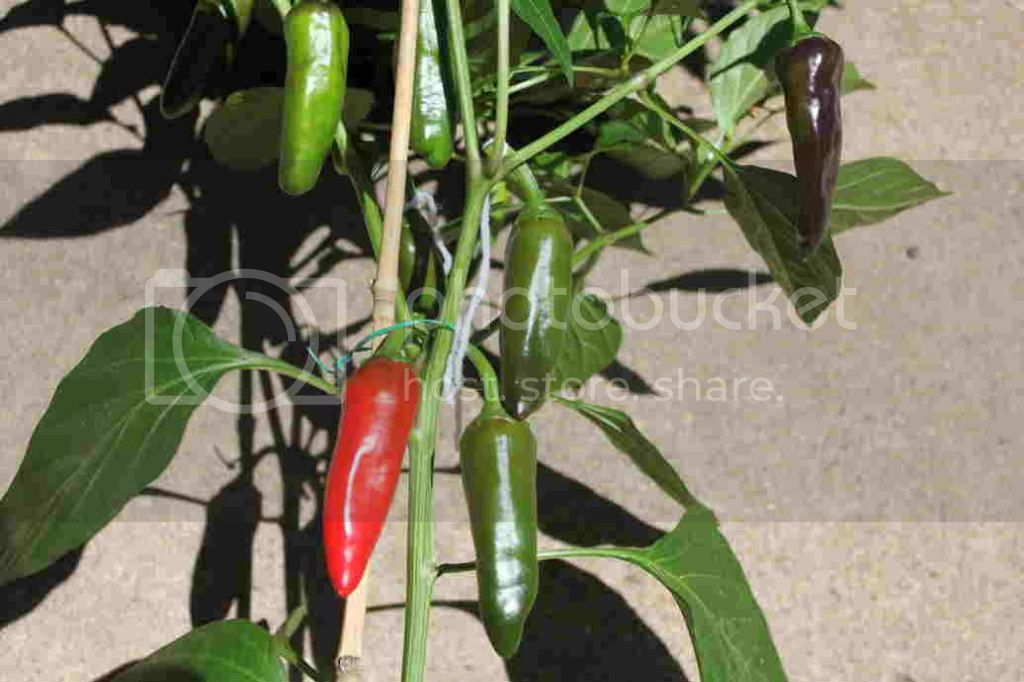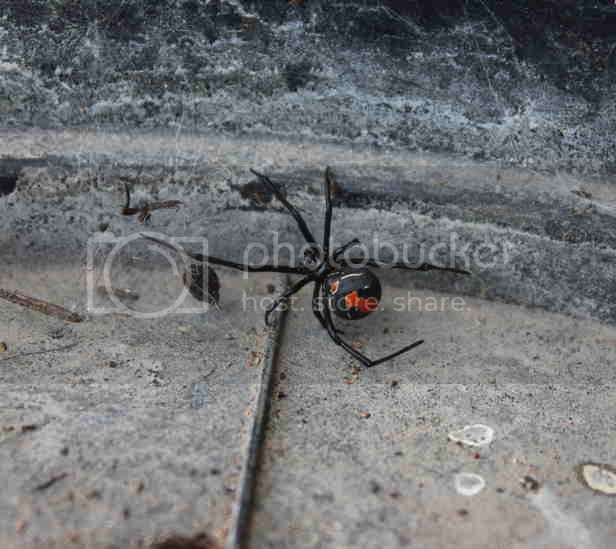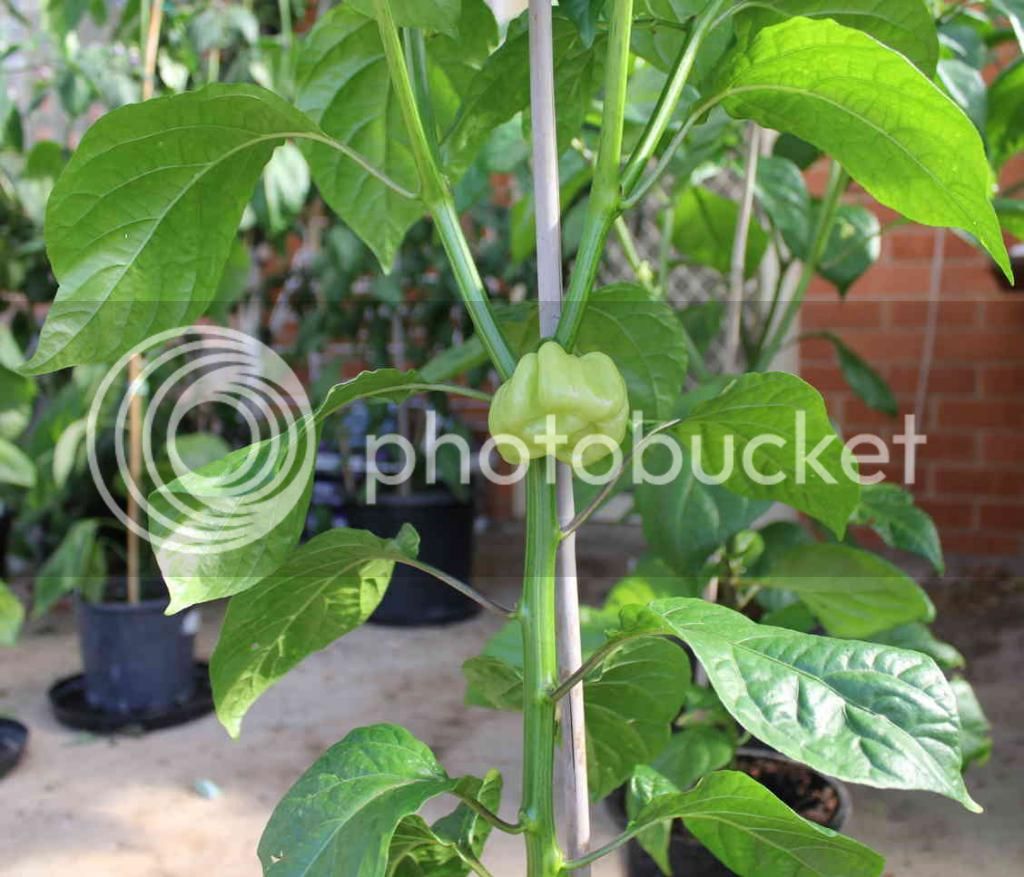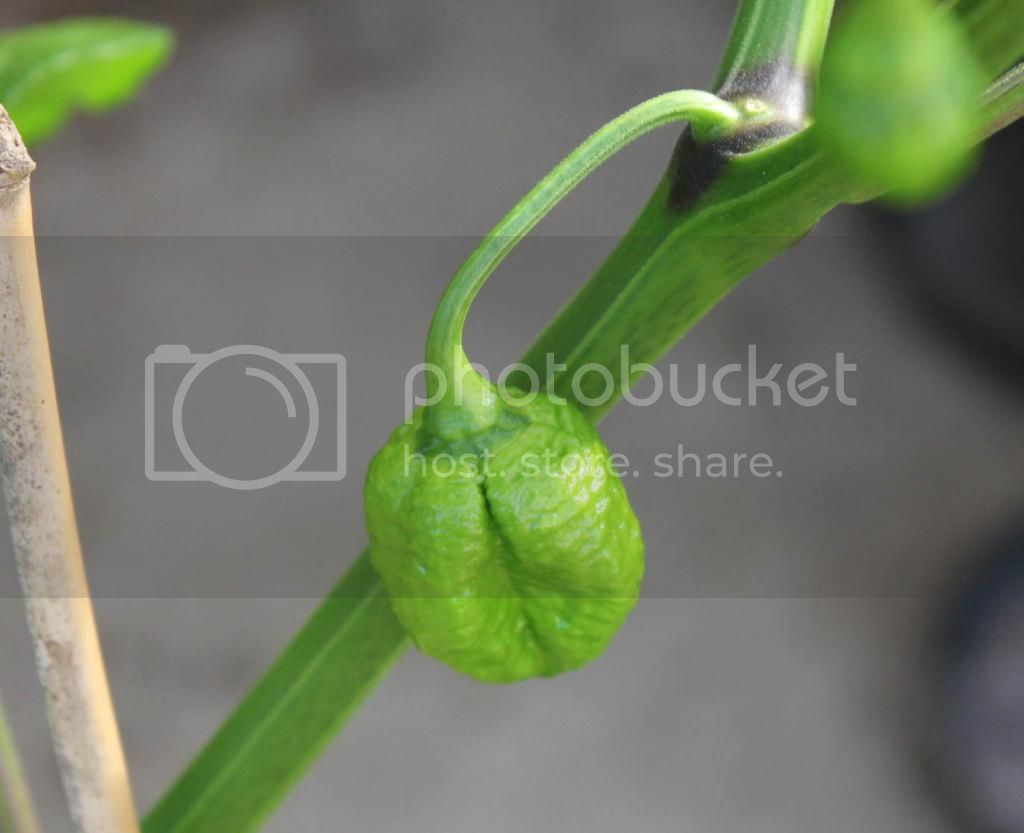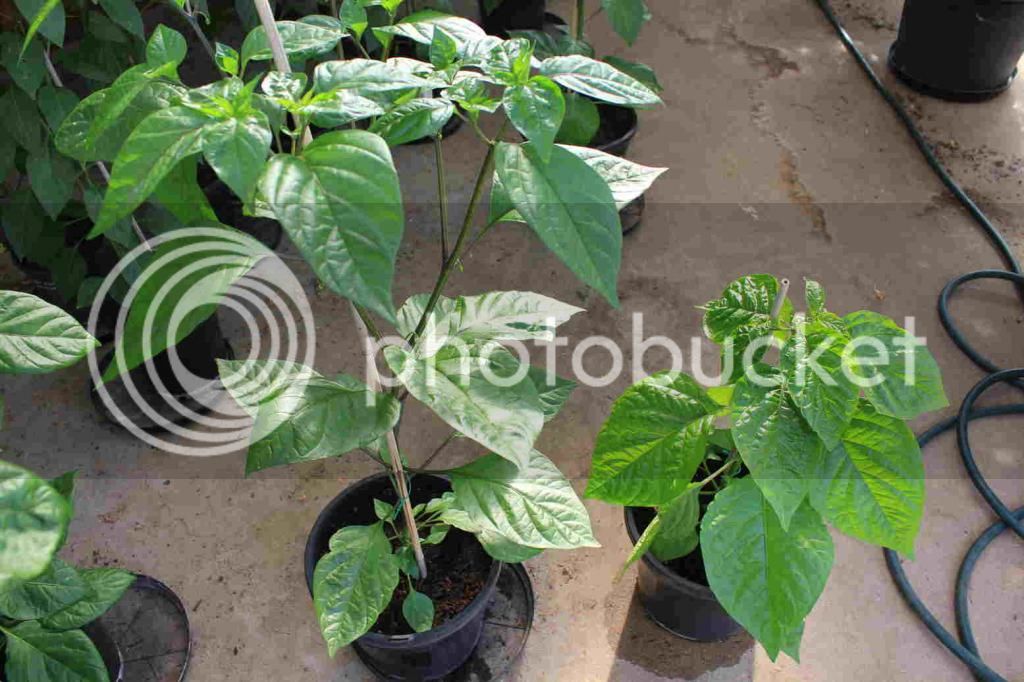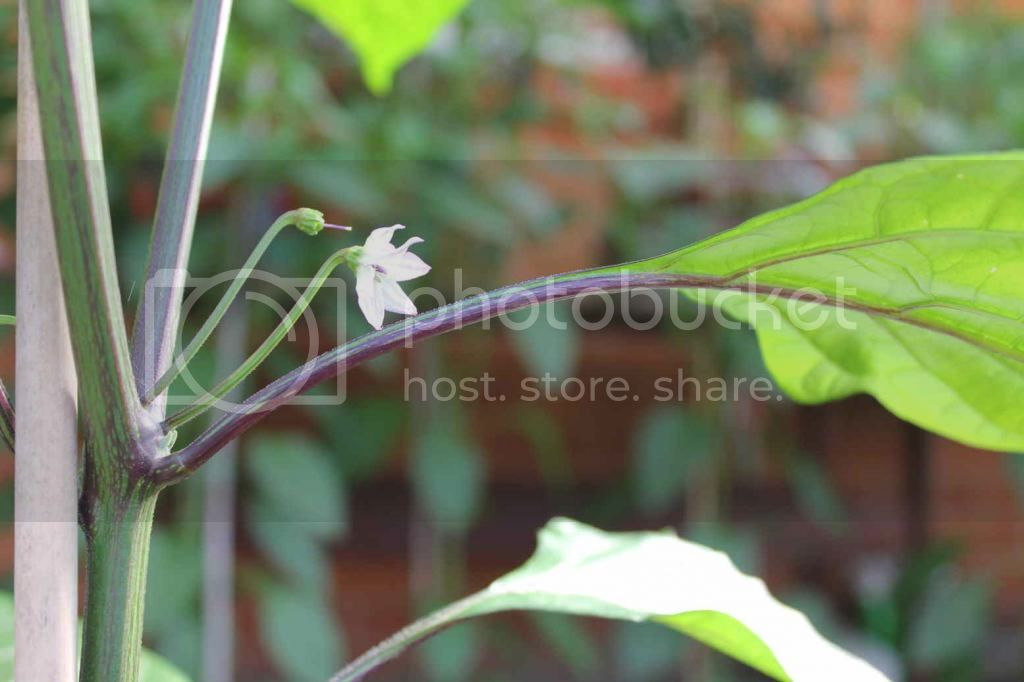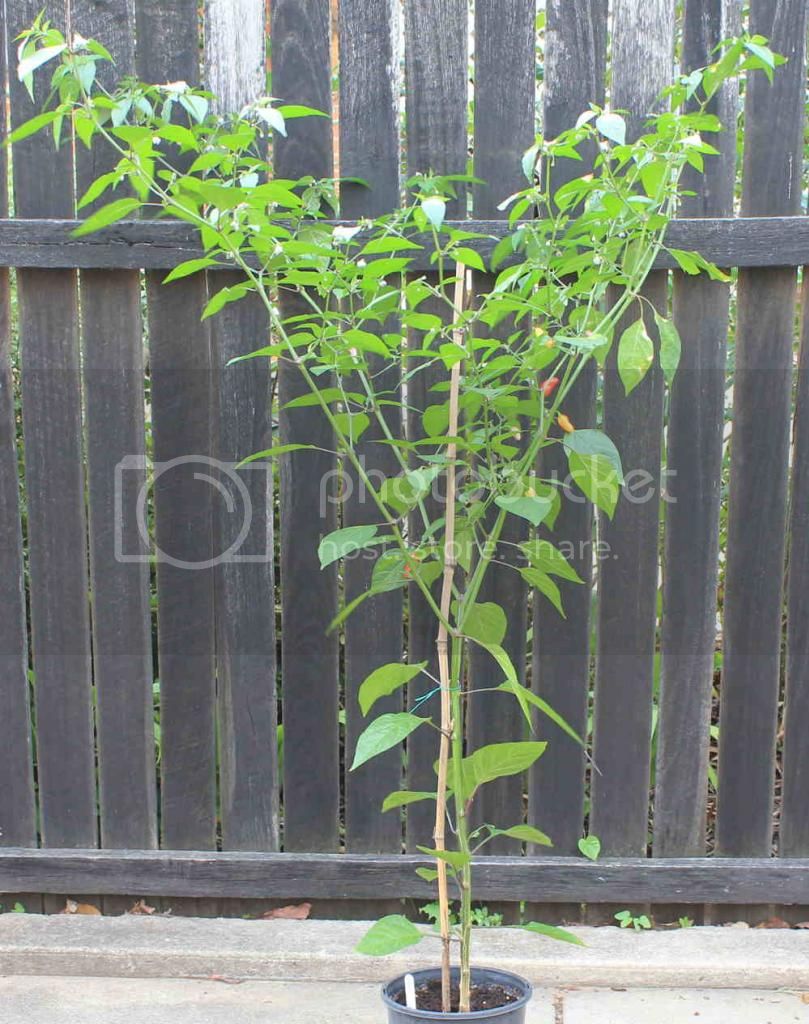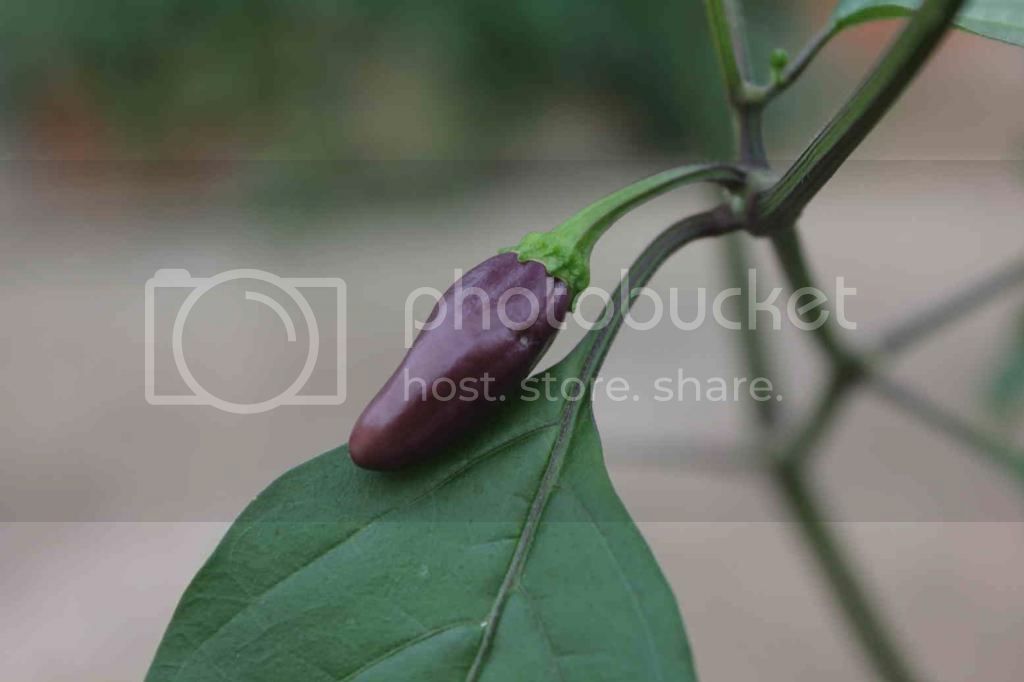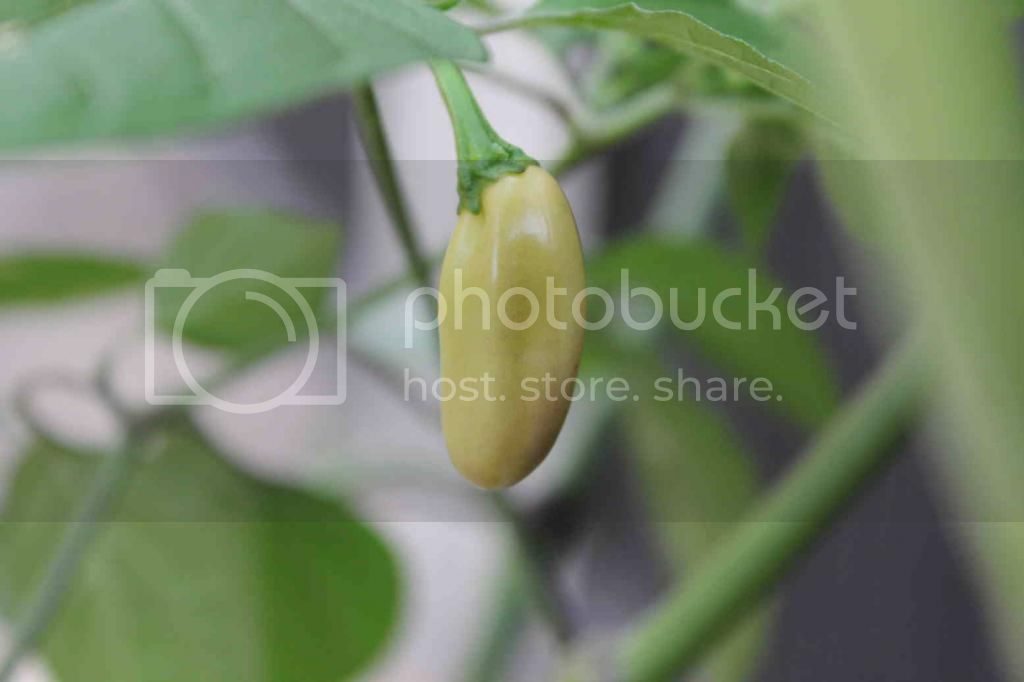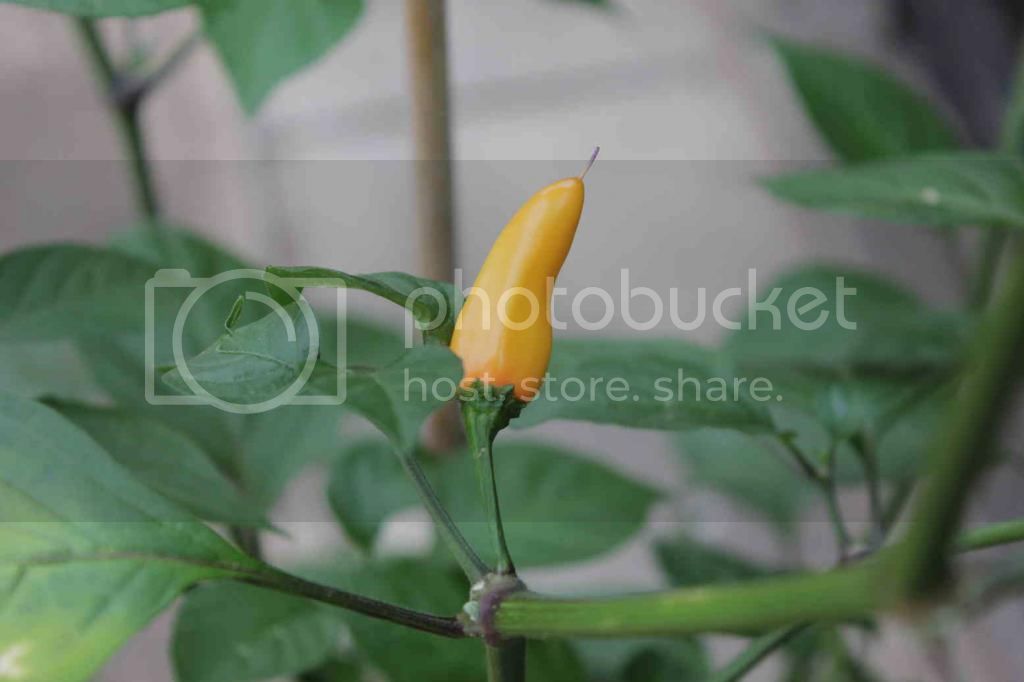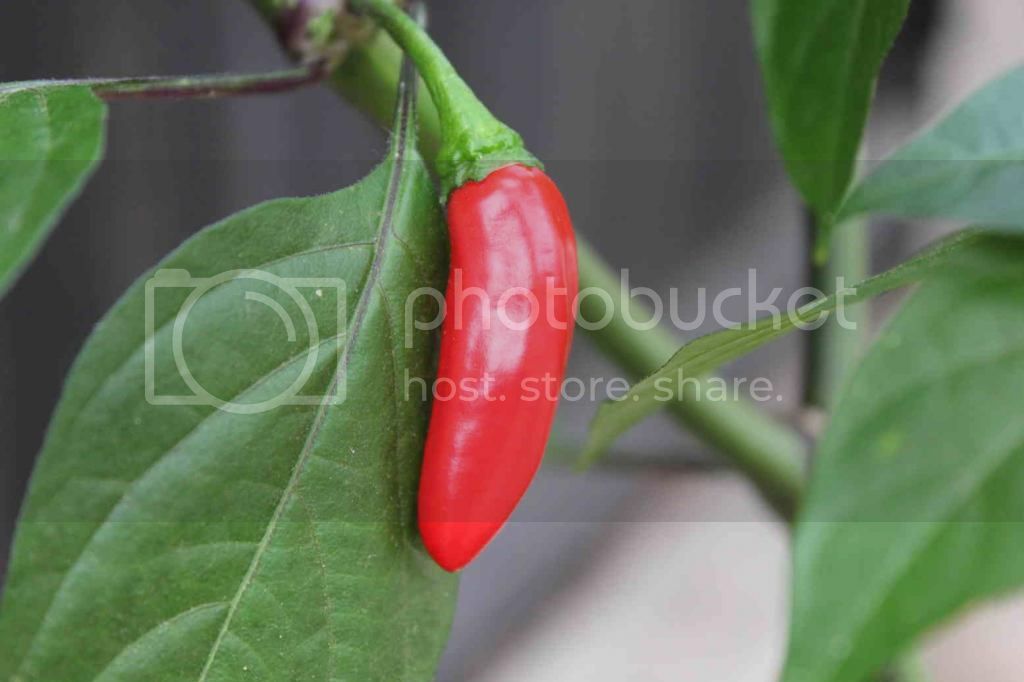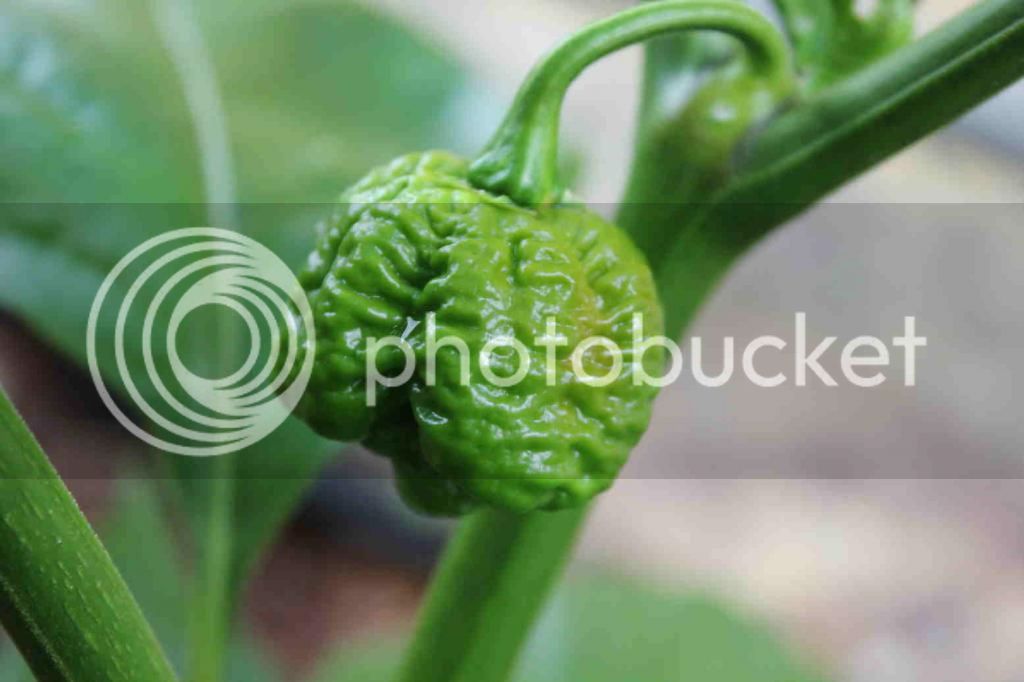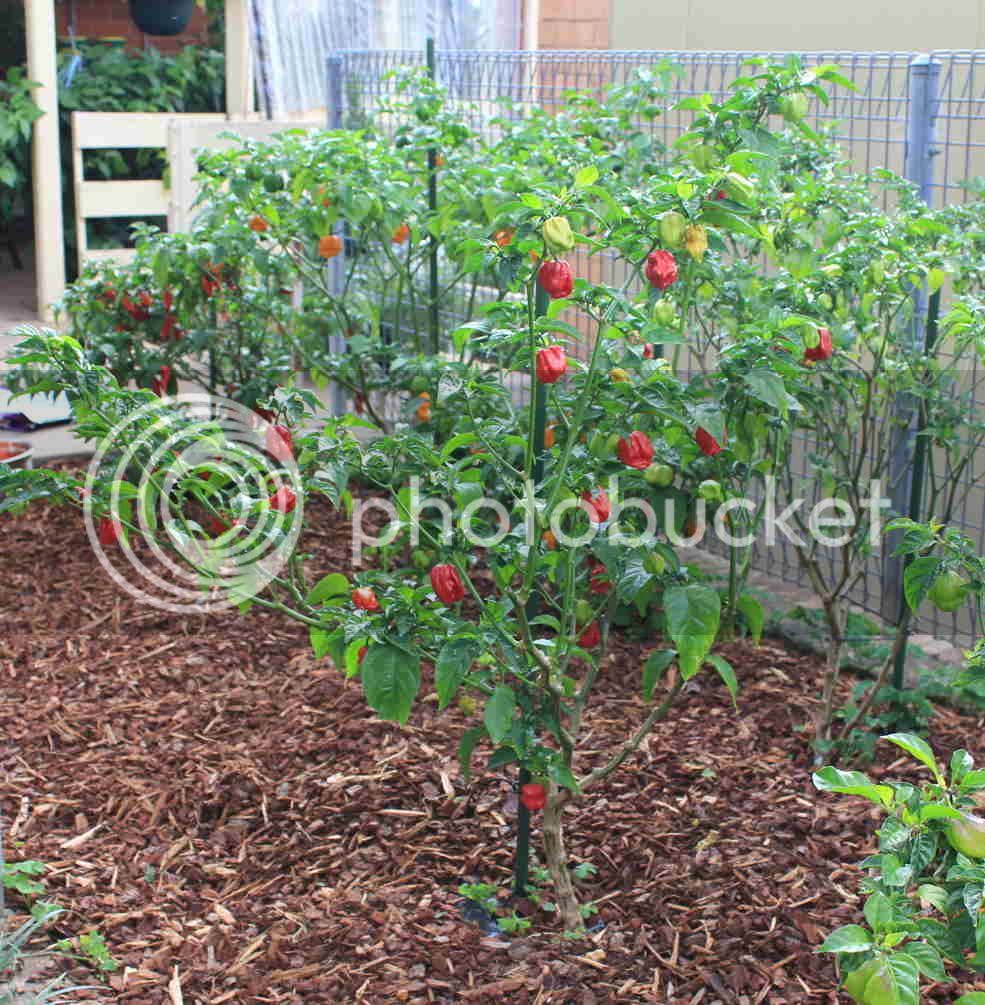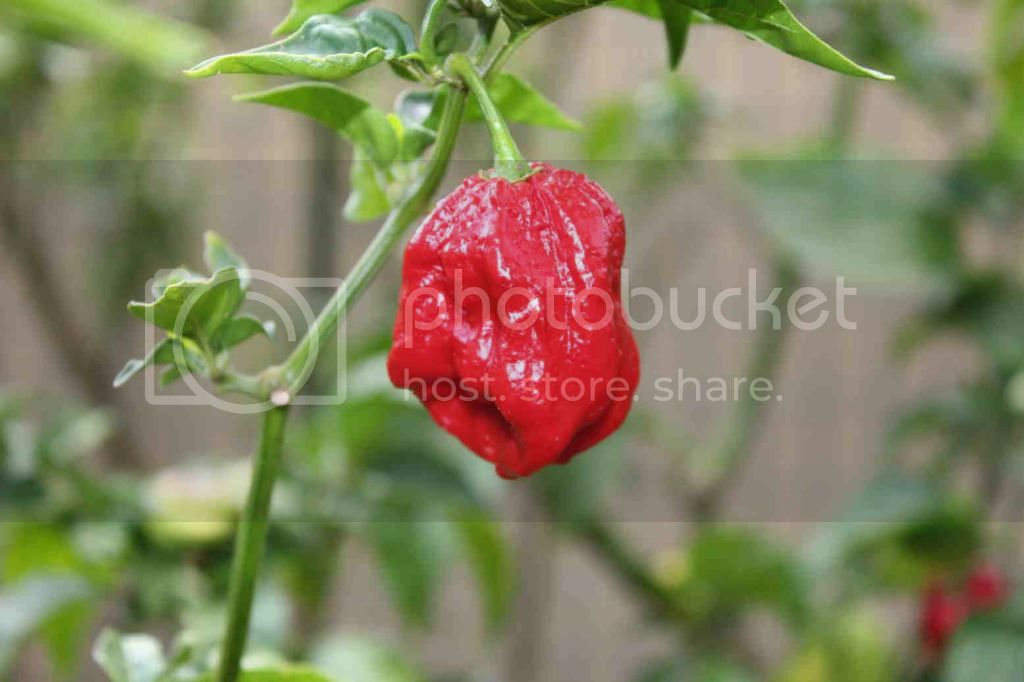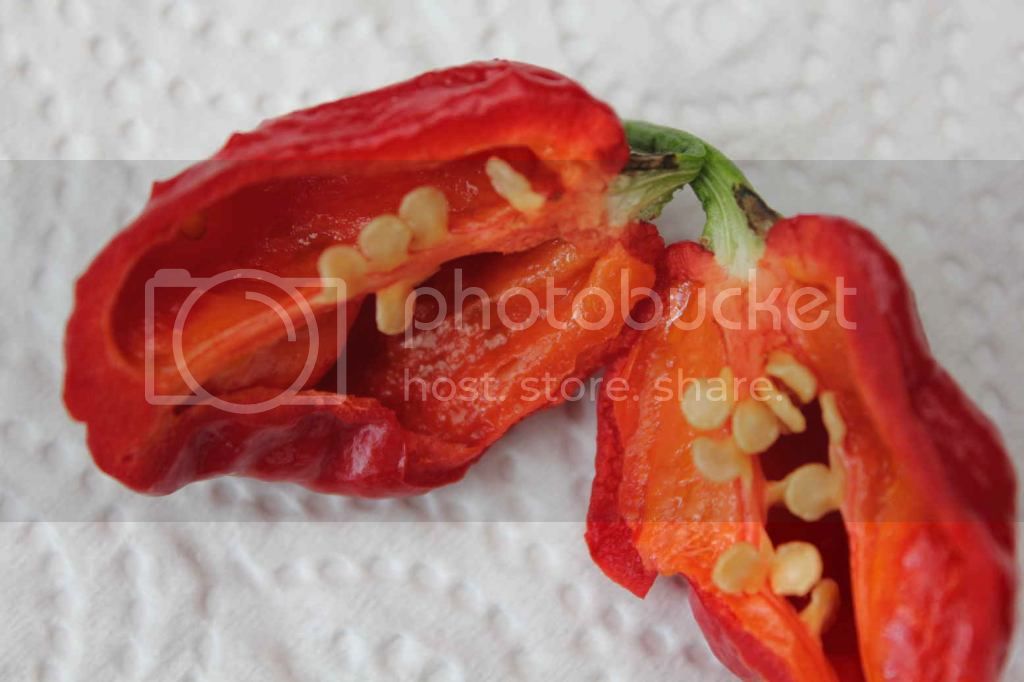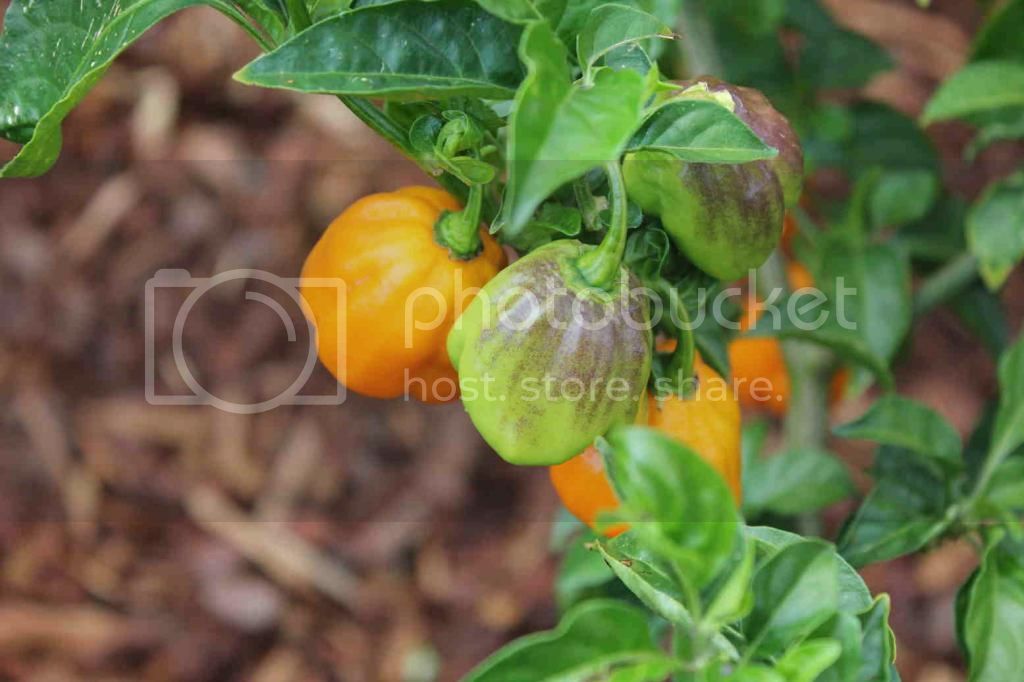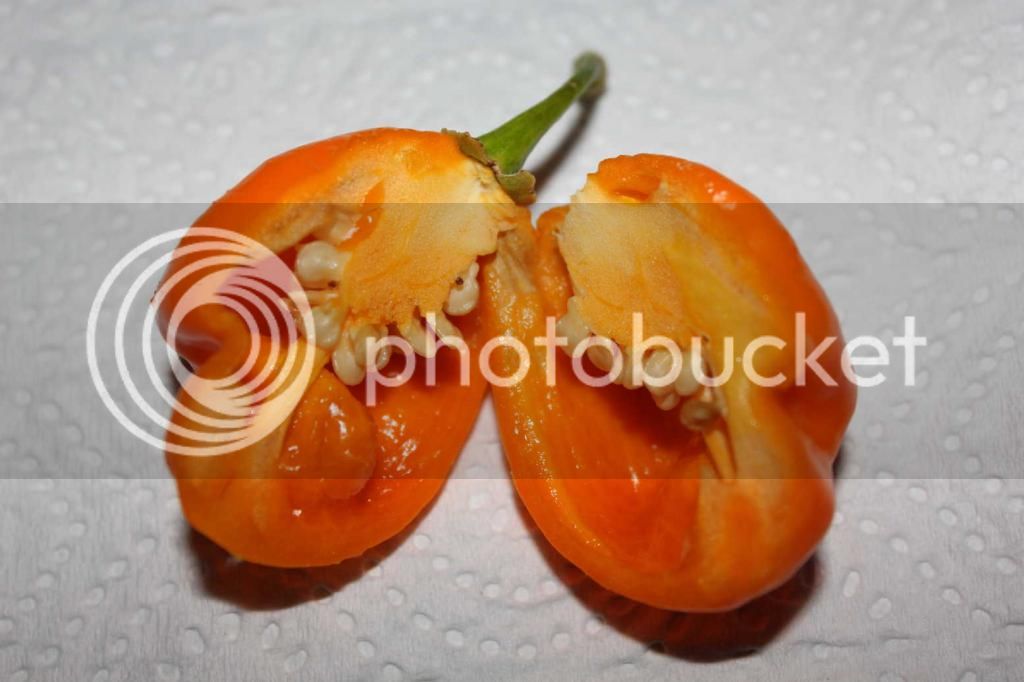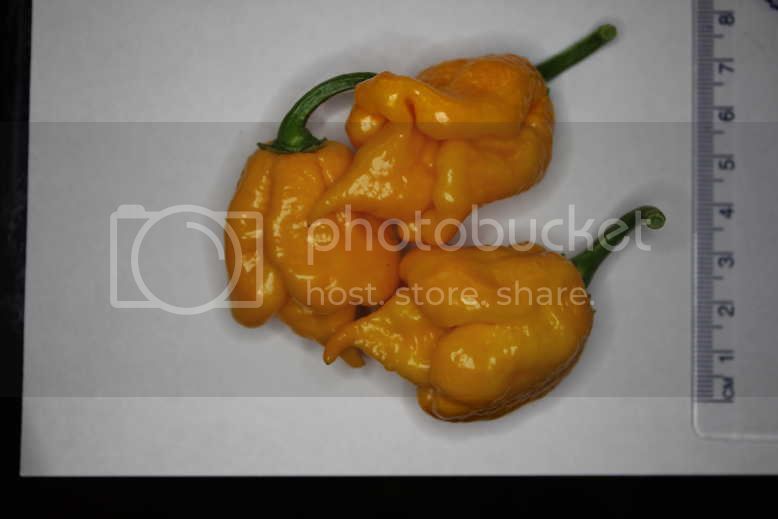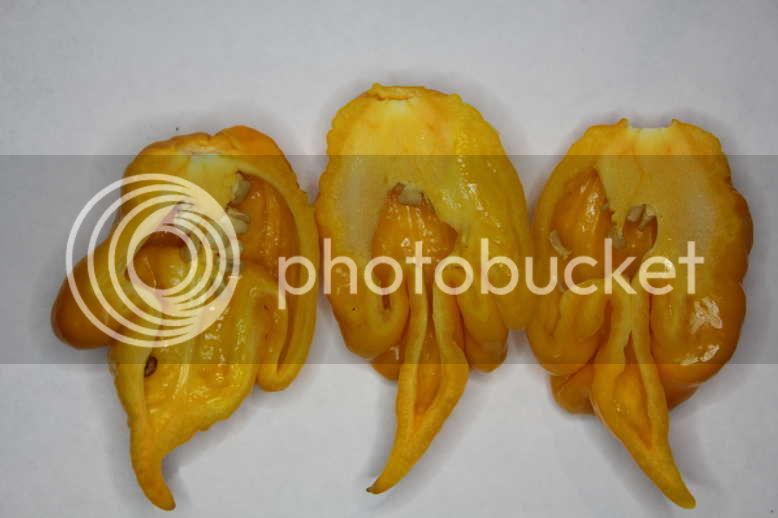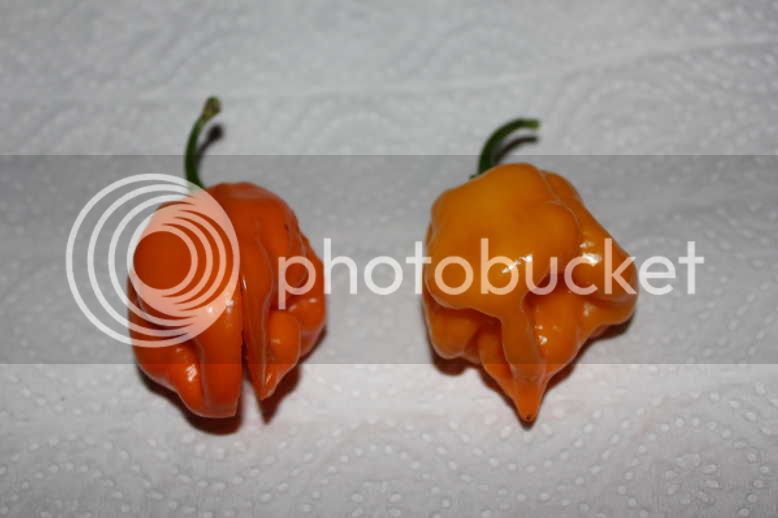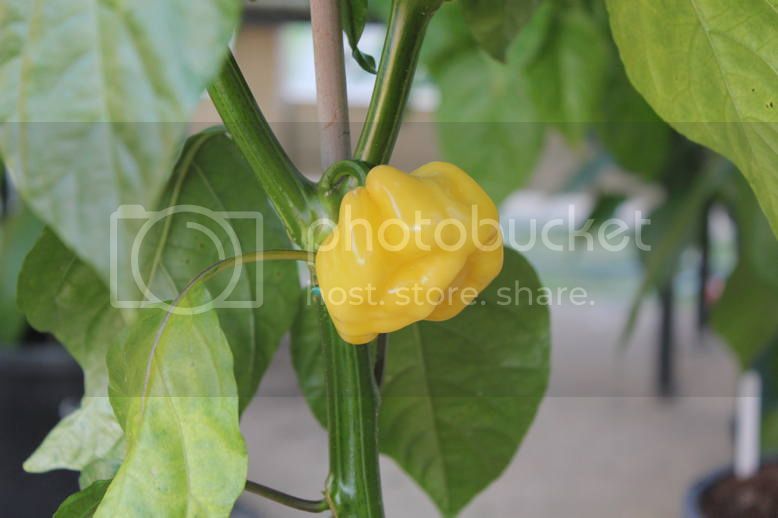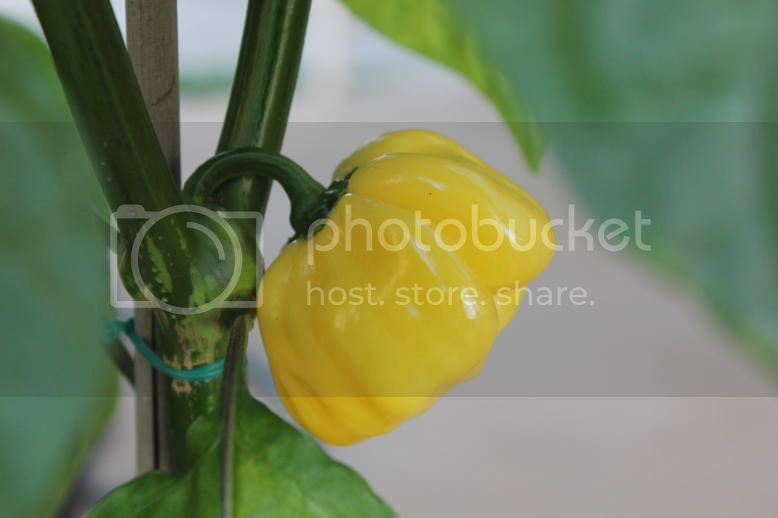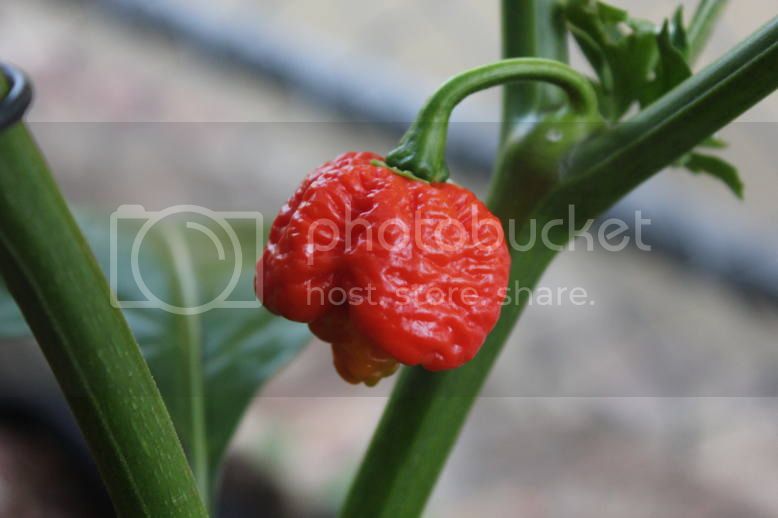A lazy 38 °C late spring day in Canberra feels like a good one to make a start on a glog! This is my 5th season of more serious pepper growing,. since the addiction really took hold.
This year I will put more peppers in the ground, and keep less in pots. Everything still growing in pots at the moment - Canberra suffers ground frosts as late as early November.
I overwintered a lot of plants, because I started lots of Chinenses too late last season and wanted an early start this season. It is paying off. We will have ripe Chinense pods for Christmas this year!
I am growing a lot not only for fun but also to figure out 2 things:
1. Which peppers we like the most (although I am thwarted by a constantly evolving preference)
2. Which peppers are best suited to the climate and conditions here.
So far the main contenders are: the bhuts, choc hab and Bahamian goat.
Here is my grow list for 2014-2015. Suggestions and comments very welcome. I will post pics soon.
Overwinters
Chinense
7-Pot Jonah Yellow (Semillas)
Nagalah (Semillas)
Trinidad Scorpion Chocolate (JR)
Douglah (Semillas)
Bhut Jolokia Assam (JR)
7-pot Jonah 2009 (from Butch T)
Moruga Yellow (Semillas)
Bhut Jolokia Red (PL)
Bhut Jolokia India Carbon (JR)
H2PPB (Semillas)
7-Pot Original Yellow (Semillas)
Bhut Jolokia Red (Semillas strain 1)
Bhut Jolokia Red (Semillas strain 2)
Naga Viper (Semillas)
7-Pot Barrackpore (Semillas)
Bing Bang Choc Naga (Semillas)
Butch T MS Strain (from Butch T)
Primo Orange (Semillas)
Bhut Jolokia Yellow (Semillas)
Bhut Jolokia Chocolate (Semillas)
Bahamian Goat Pepper (JR)
Choc Hab (Chili Factory)
Annuum
Sante Fe Grande
Hungarian Hot Wax
Giant Jalapeno (PL)
Cayenne (Bonchi)
Pubescens
Giant Rocoto x 3 (Semillas)
Brown Rocoto (Semillas)
Canario
Red Manzano
Baccatum
Kaleidoscope (Semillas)
New Starts For 2014
Our own hybrids
Giant (F) x Brown (M) F1 hybrid Rocoto
Chinese 5 colour (f) x Joe E Parker (m)
Chinese 5 colour (f) x Jimmy Nardello (m)
Chinese 5 colour (f) x pimenta de Neyde (m)
Chinense
Bahamian Goat (JR)
Jonah (Semillas)
Jonah (from non-isolated seed)
Bhut Jolokia White (PL)
7 Pot White (PL)
Brain strain red (PL)
TS Large (PL)
7 Pod Congo SR gigantic (PL)
7 pot primo red (PL)
TS yellow cardi (Semillas)
7 pot Chaguanas (PL)
Bhut Jolokia Peach SS (PL)
Peach Congo (PL)
Jonah’s Yellow Brain (PL)
Annuum
Albanian red hot (PL)
Farmer’s jalapeno (PL)
Tomato Pepper (PL)
Palmyra (PL)
Cinnamon Bell (PL)
Bell of Golu (PL)
Billy Biker (from Bob_B)
Baccatum
Aji habanero (PL)
Aji Amarillo (PL)
Dulce Sol (PL)
Still waiting to pop:
Giant Mexican rocoto (PL)
White Naga (PL)
Sukari (PL)
This year I will put more peppers in the ground, and keep less in pots. Everything still growing in pots at the moment - Canberra suffers ground frosts as late as early November.
I overwintered a lot of plants, because I started lots of Chinenses too late last season and wanted an early start this season. It is paying off. We will have ripe Chinense pods for Christmas this year!
I am growing a lot not only for fun but also to figure out 2 things:
1. Which peppers we like the most (although I am thwarted by a constantly evolving preference)
2. Which peppers are best suited to the climate and conditions here.
So far the main contenders are: the bhuts, choc hab and Bahamian goat.
Here is my grow list for 2014-2015. Suggestions and comments very welcome. I will post pics soon.
Overwinters
Chinense
7-Pot Jonah Yellow (Semillas)
Nagalah (Semillas)
Trinidad Scorpion Chocolate (JR)
Douglah (Semillas)
Bhut Jolokia Assam (JR)
7-pot Jonah 2009 (from Butch T)
Moruga Yellow (Semillas)
Bhut Jolokia Red (PL)
Bhut Jolokia India Carbon (JR)
H2PPB (Semillas)
7-Pot Original Yellow (Semillas)
Bhut Jolokia Red (Semillas strain 1)
Bhut Jolokia Red (Semillas strain 2)
Naga Viper (Semillas)
7-Pot Barrackpore (Semillas)
Bing Bang Choc Naga (Semillas)
Butch T MS Strain (from Butch T)
Primo Orange (Semillas)
Bhut Jolokia Yellow (Semillas)
Bhut Jolokia Chocolate (Semillas)
Bahamian Goat Pepper (JR)
Choc Hab (Chili Factory)
Annuum
Sante Fe Grande
Hungarian Hot Wax
Giant Jalapeno (PL)
Cayenne (Bonchi)
Pubescens
Giant Rocoto x 3 (Semillas)
Brown Rocoto (Semillas)
Canario
Red Manzano
Baccatum
Kaleidoscope (Semillas)
New Starts For 2014
Our own hybrids
Giant (F) x Brown (M) F1 hybrid Rocoto
Chinese 5 colour (f) x Joe E Parker (m)
Chinese 5 colour (f) x Jimmy Nardello (m)
Chinese 5 colour (f) x pimenta de Neyde (m)
Chinense
Bahamian Goat (JR)
Jonah (Semillas)
Jonah (from non-isolated seed)
Bhut Jolokia White (PL)
7 Pot White (PL)
Brain strain red (PL)
TS Large (PL)
7 Pod Congo SR gigantic (PL)
7 pot primo red (PL)
TS yellow cardi (Semillas)
7 pot Chaguanas (PL)
Bhut Jolokia Peach SS (PL)
Peach Congo (PL)
Jonah’s Yellow Brain (PL)
Annuum
Albanian red hot (PL)
Farmer’s jalapeno (PL)
Tomato Pepper (PL)
Palmyra (PL)
Cinnamon Bell (PL)
Bell of Golu (PL)
Billy Biker (from Bob_B)
Baccatum
Aji habanero (PL)
Aji Amarillo (PL)
Dulce Sol (PL)
Still waiting to pop:
Giant Mexican rocoto (PL)
White Naga (PL)
Sukari (PL)


